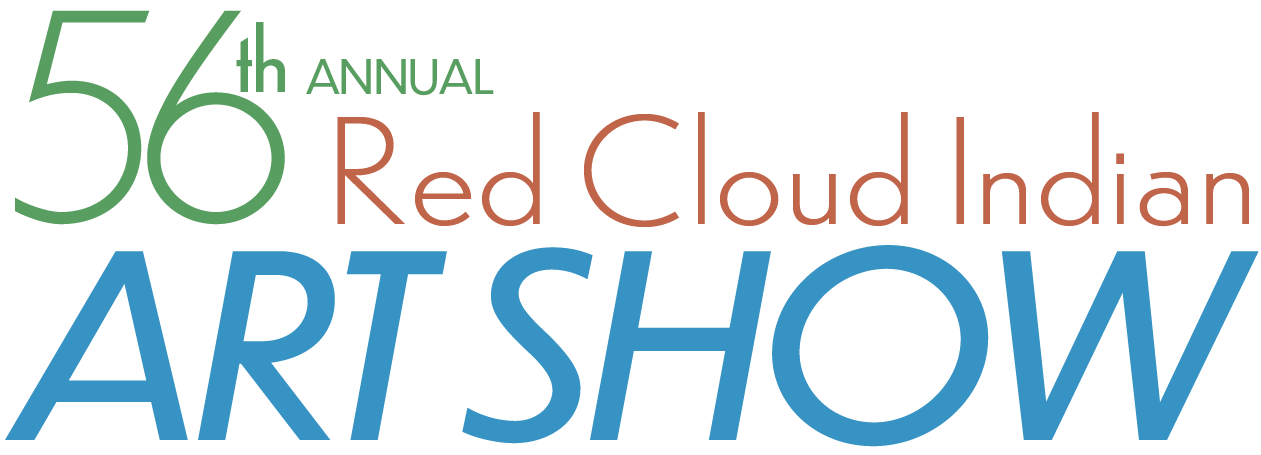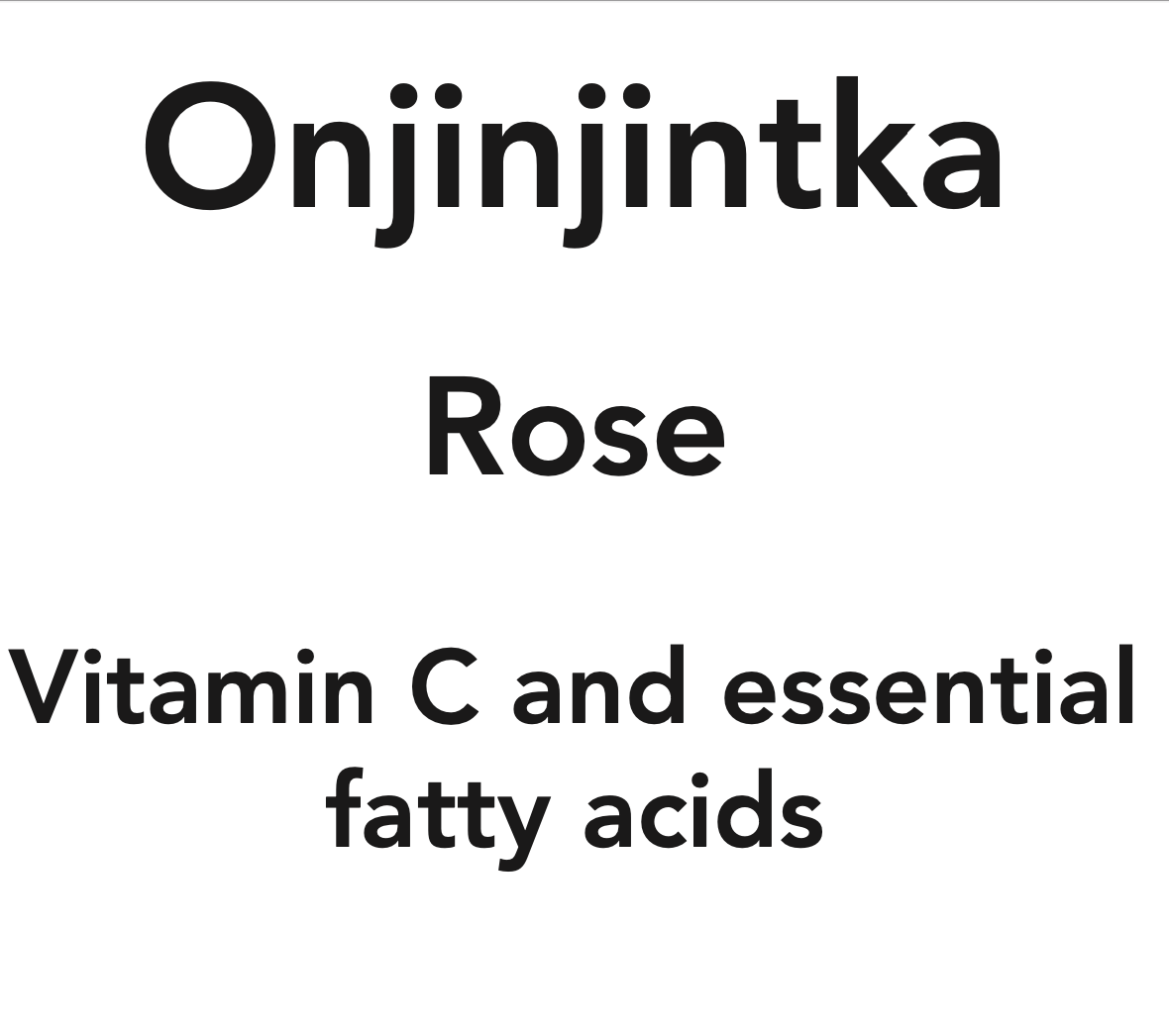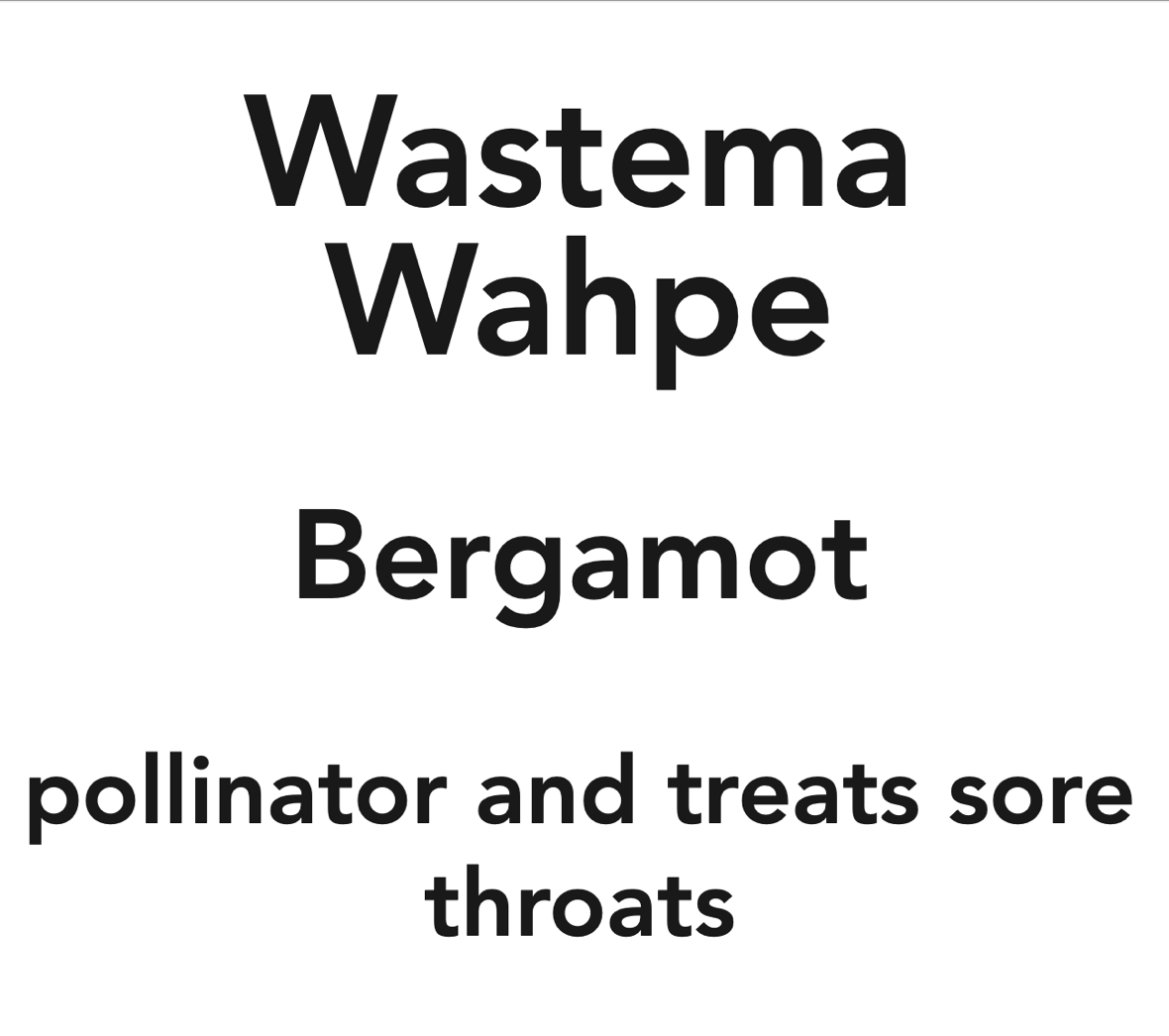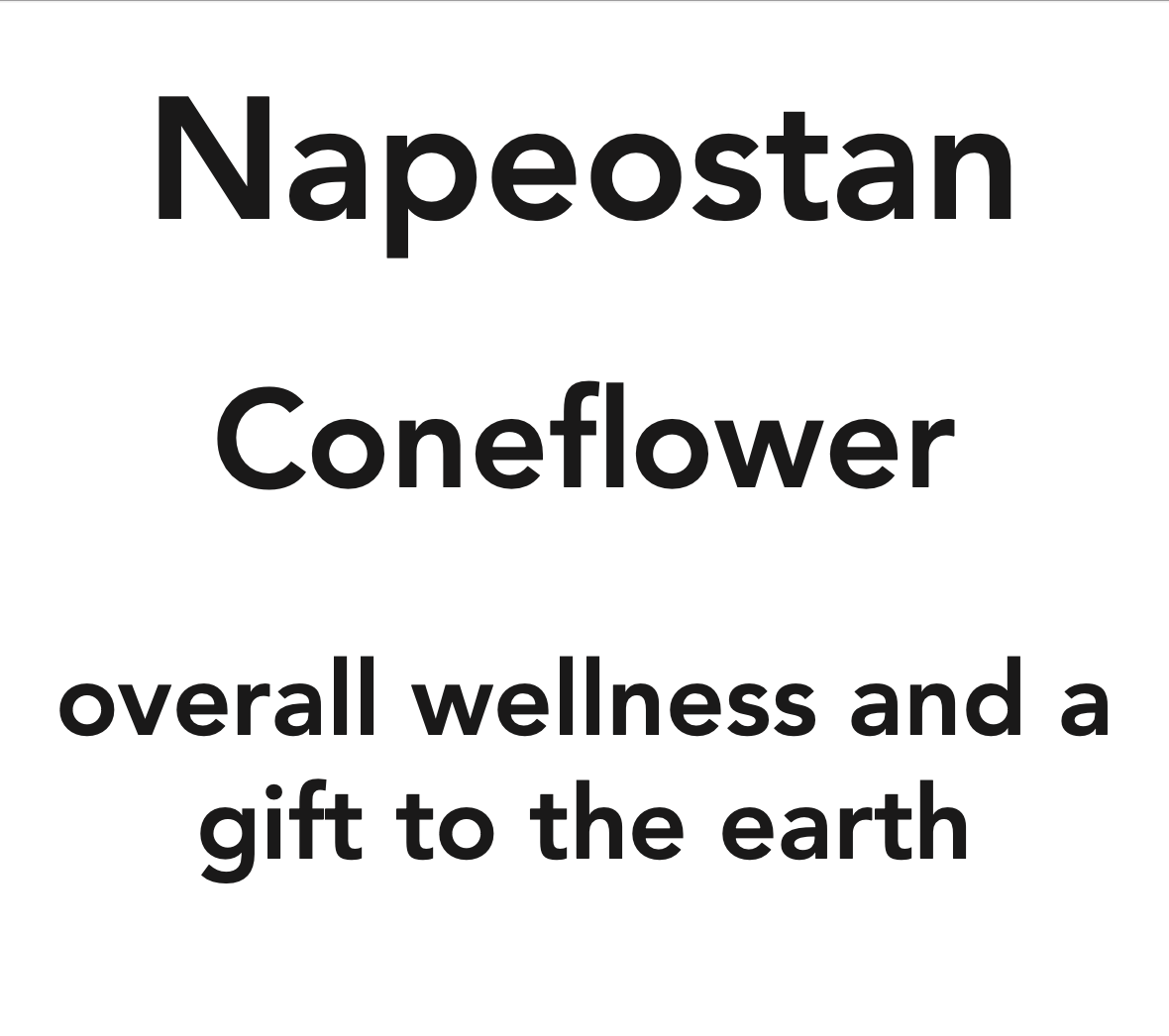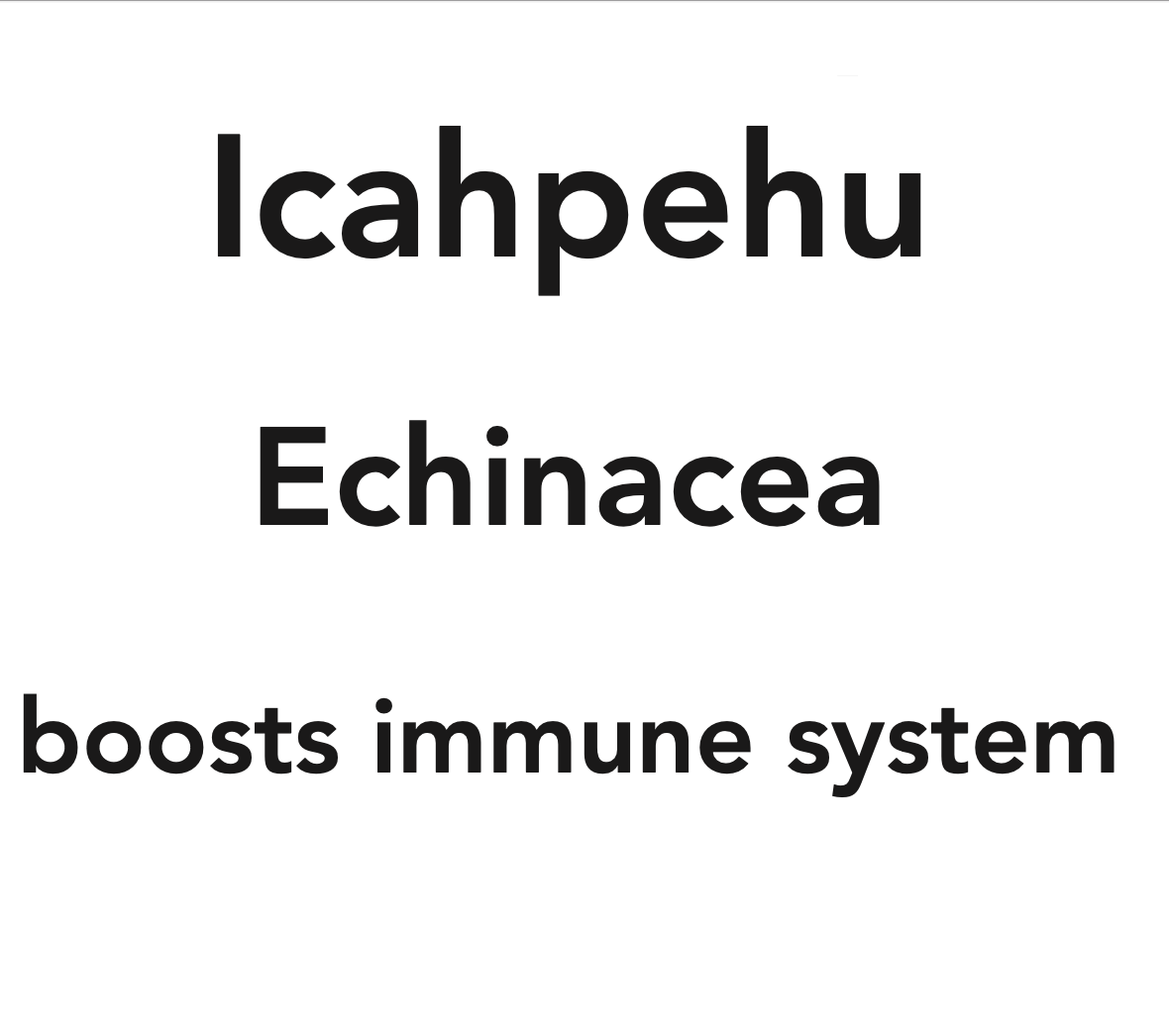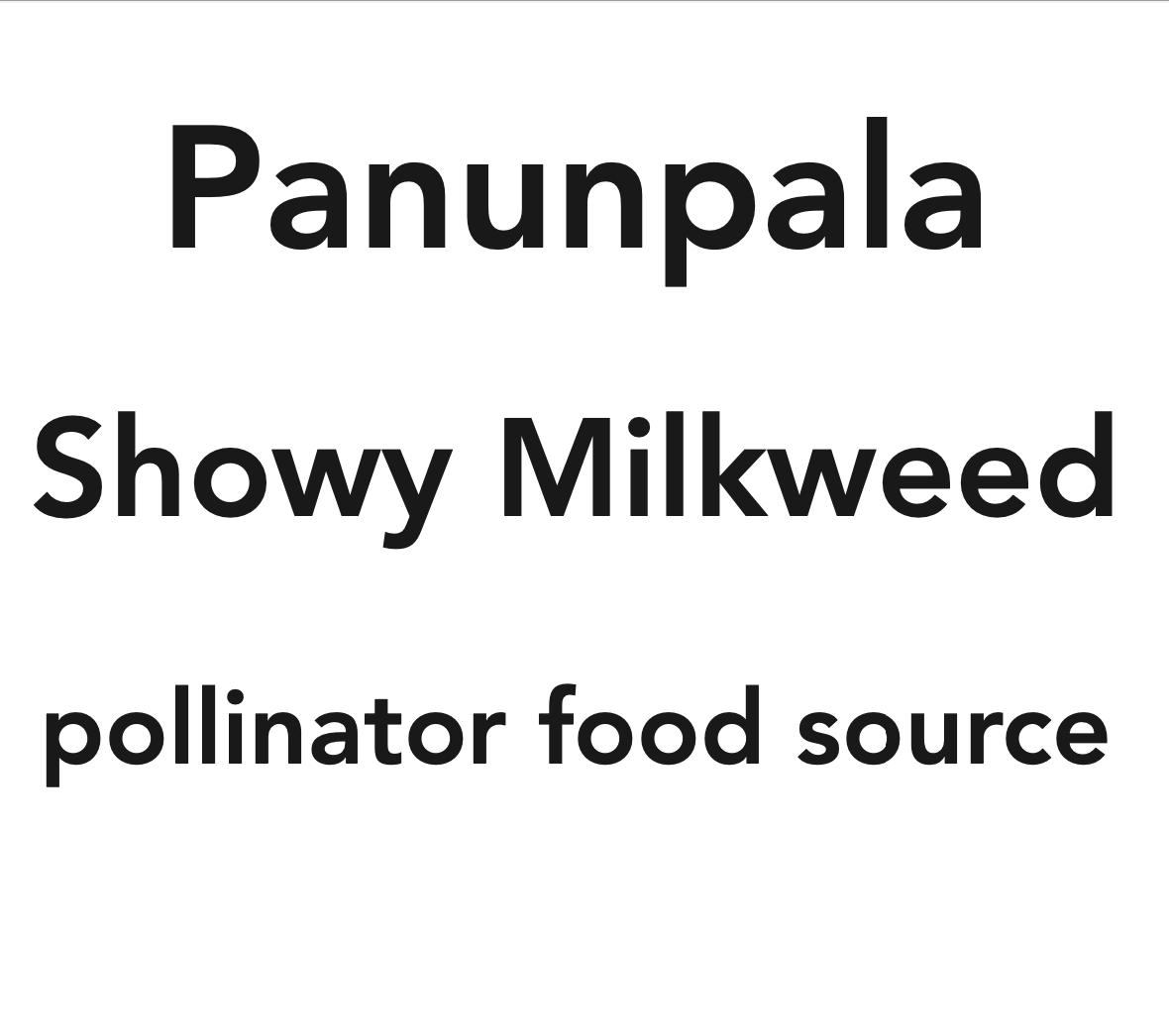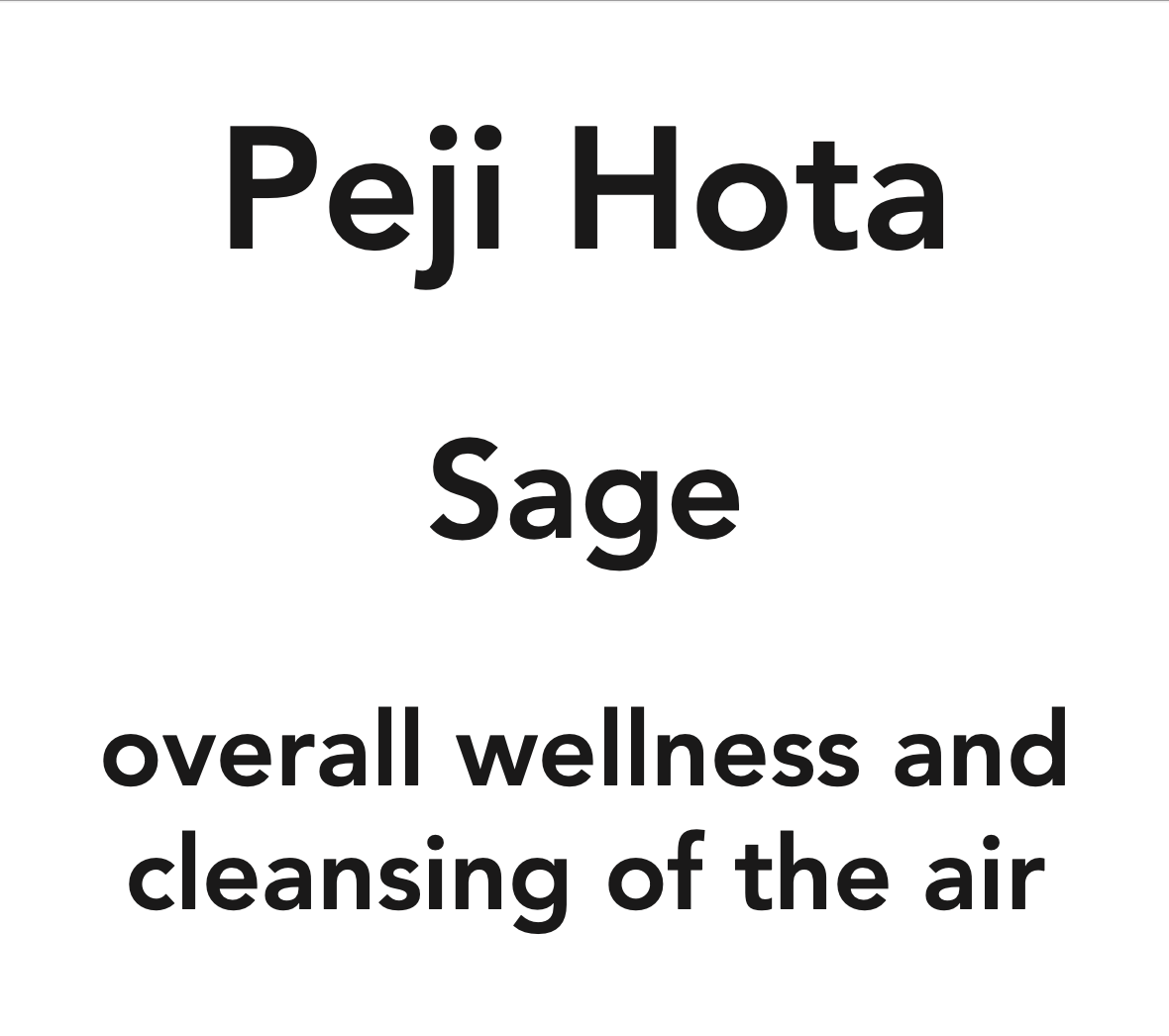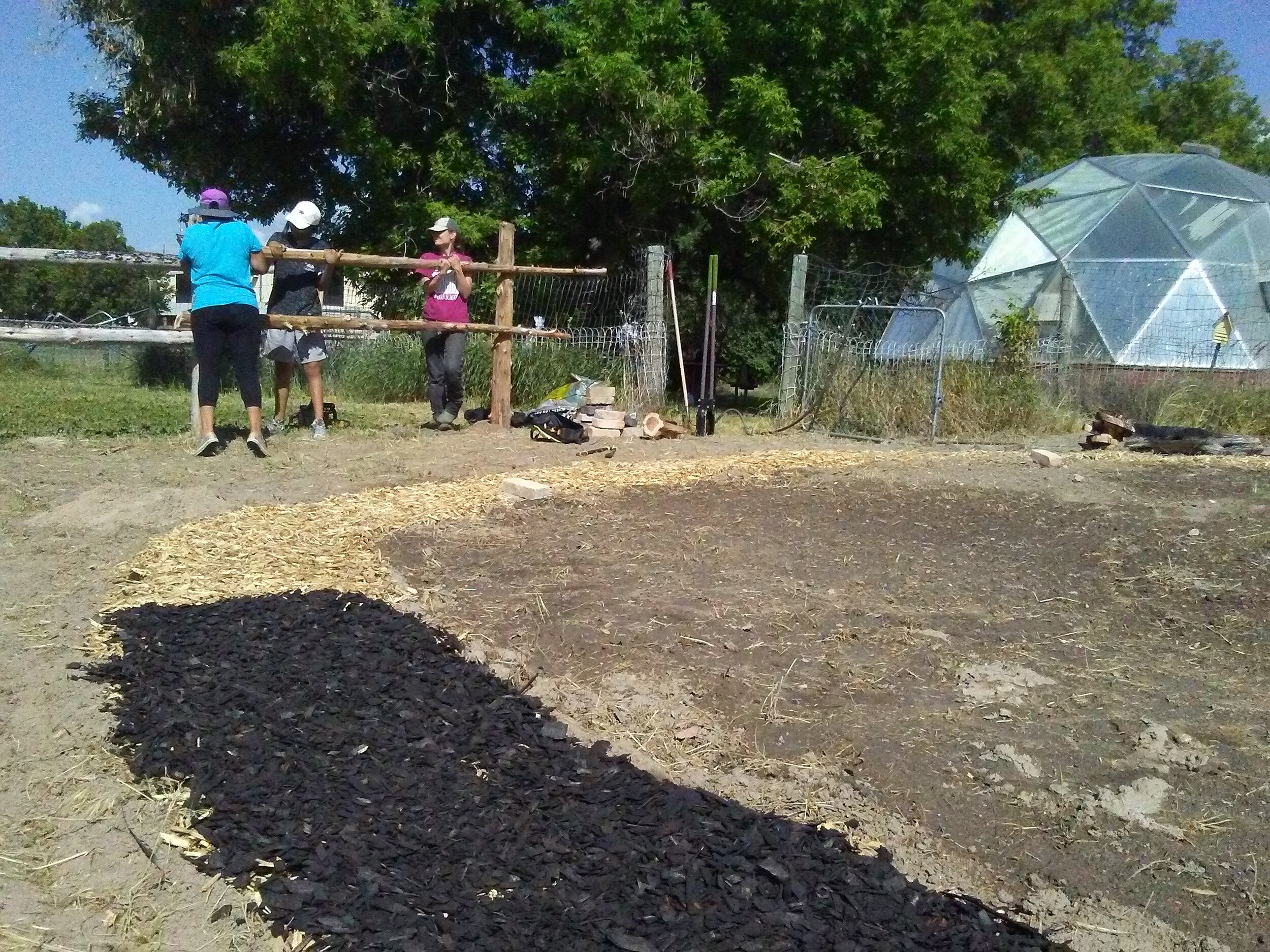Residencies for Recovery
Alex Romero-Frederick’s project sketch.
Alex Romero-Frederick, Katie Chustak, and Jordan Clifford instal a cedar fence.
Memorial Garden
This is a medicine garden to serve as a reminder of the Pandemic of 2020. These plants are the helpers as well as the foundation of life, they work together as a nation and keep the Oyate healthy. In memory of all those lost to COVID-19.
The garden project was designed and installed by Alexandra Romero-Frederick, a rancher, conservationist, and artist. The garden was formed to be a gathering space to learn and heal with the land.
A note on the orthography: As a historically unwritten language, the Lakȟóta language has used many spellings. The artist consulted with her elders about spelling and opted to use spellings and orthography as it appears in the garden signs. Below we have included the New Lakota Dictionary spellings for those who use this orthography:
Wild Rose - Uŋžíŋžiŋtka Hú | Showy Milkweed - Pȟaŋnúŋpala
Sage - Pȟežíȟota | Bergamot - Waȟpé Waštémna
Echinacea - Ičáȟpe Hú | Coneflower - Napóštaŋ
Resources
Culturally Important Plants, Linda Black Elk https://puc.sd.gov/commission/dockets/HydrocarbonPipeline/2014/HP14-001/testimony/betest.pdf
Murals for the Future
Focus Smith, a graffiti writer and muralist, created murals on new farm structures: shipping containers that were converted into a tool shed and chicken coop. The murals began with words and then images built up over the script, symbolizing the mural growing from the word. The imagery includes ideas of landscape, native plants and animals, and the cycle of growth in agriculture.
Chicks nestled in grasses with the creative, Focus, standing to the right of the new chicken coup.
Residency Projects
This artist residency will be a collaborative partnership between the artist, community stakeholders, and The Heritage Center and Farm to School Programs at Maȟpíya Lúta Owáyawa. A special thanks to our advisory team members who provided guidance and encouragement along the way. Anna Takes The Shield, OST Council. Randilynn Boucher, Community Member. Destiny Big Crow, High School Student. Maka Black Elk, Executive Director of Truth & Healing. Ashley Pourier, Curator. John Ryan, High School Art Teacher. Katie Chustak, Farm to School Coordinator. Audrey Jacobs, Museum Educator.
Our special thanks to the National Endowment for the Arts and the South Dakota Arts Council for helping us realize these projects.
Art can build entryways into thinking differently about our relationship with the land. Interplay between creative people and their communities can communicate the knowledge of land caretaking and food sovereignty. Pine Ridge currently boasts strong leadership in garden and farm initiatives but The COVID-19 pandemic has aggravated a strain in rural foodways that many of the poorest or most vulnerable already felt: routinely traveling distances for healthy foods harms a community’s health and economy. Because artists on and near Pine Ridge are highly invested in community-building and rural development around issues of food and environmentalism, we have been proud to host this residency aimed at exploring how to boost community participation and interest in land and food issues.
These 6-10 month residencies included community advisory teams, youth workshops and discussions, and public art- or creative works, created with the community.
